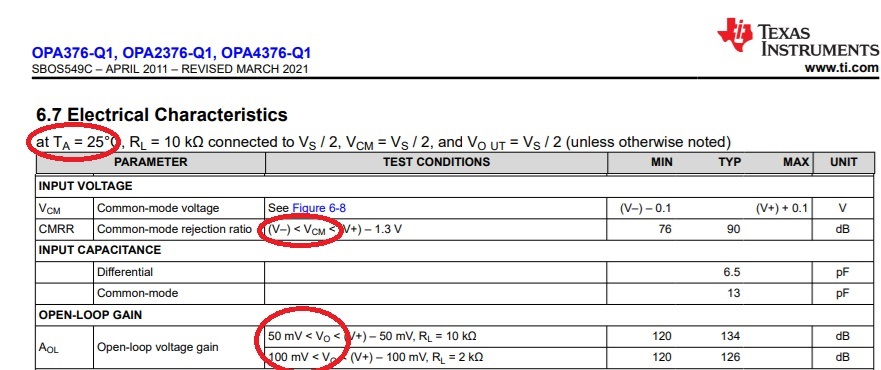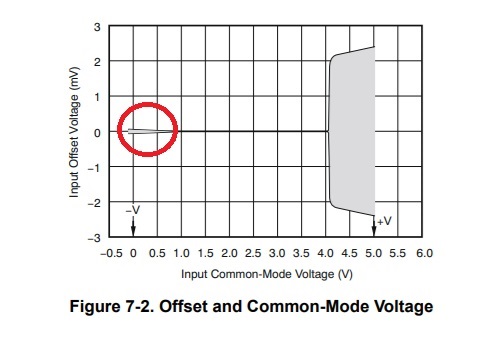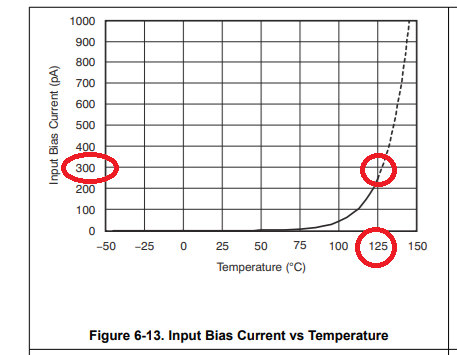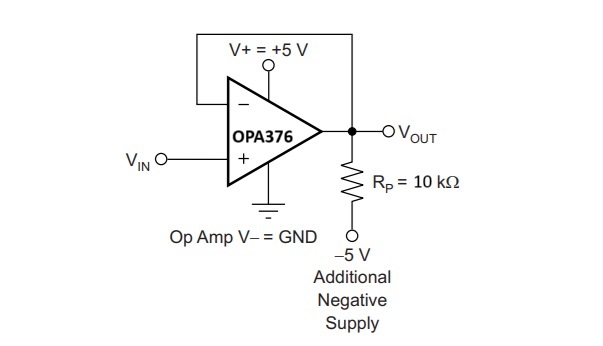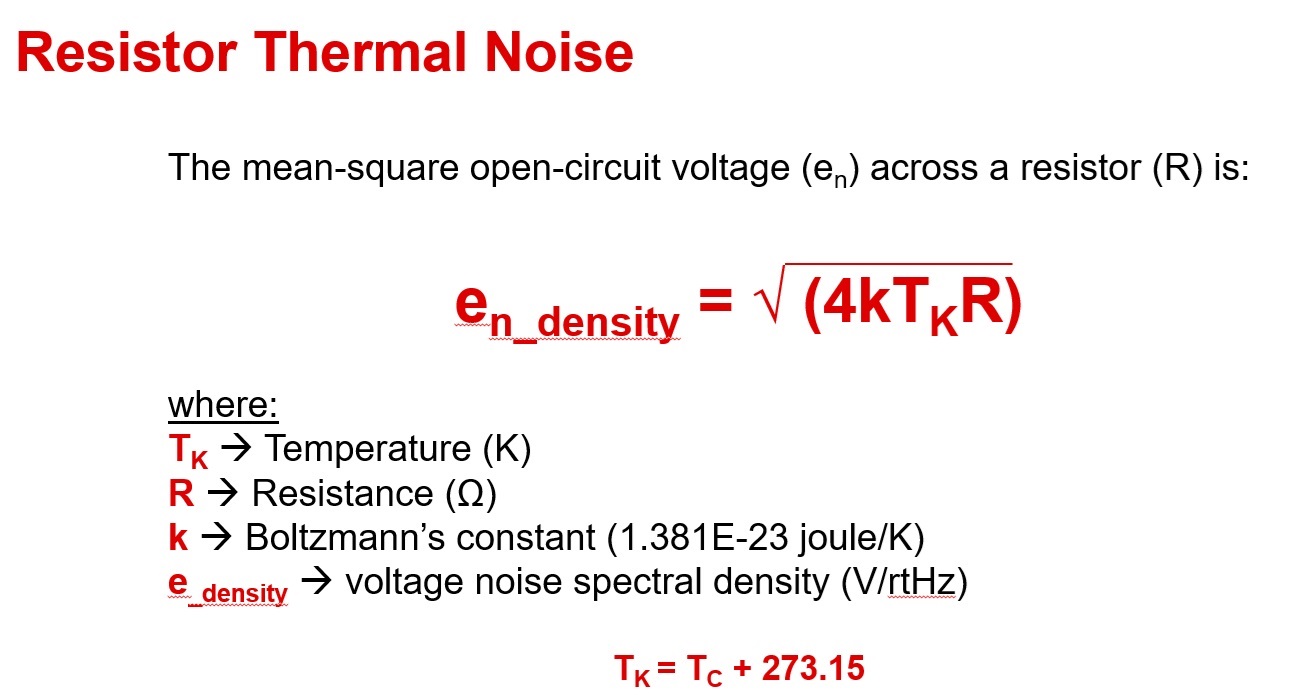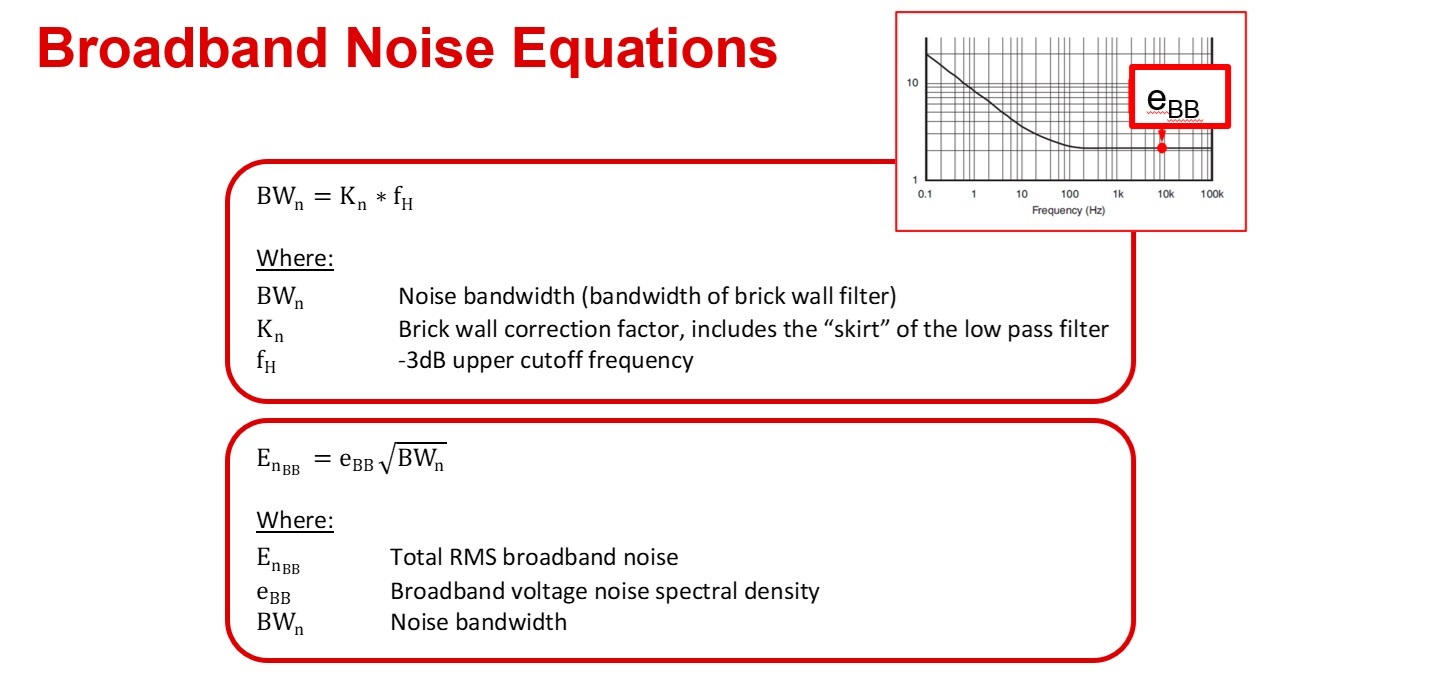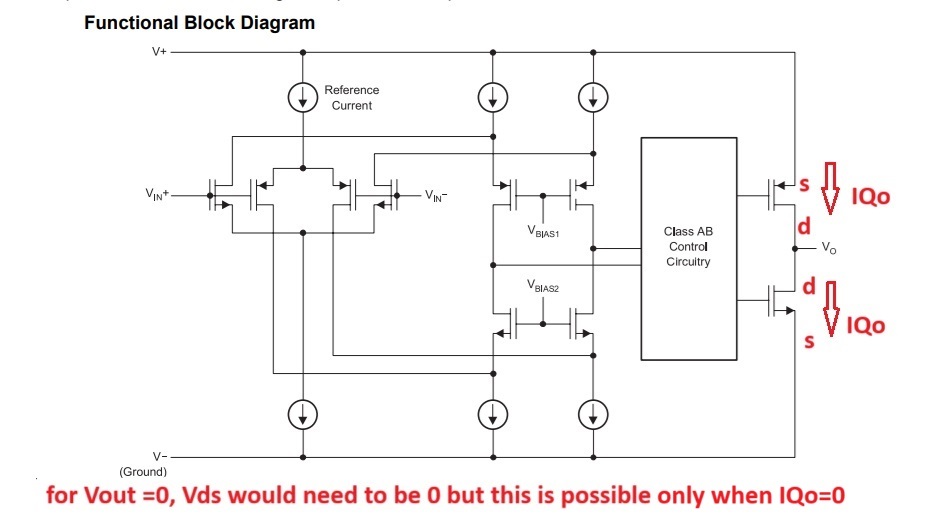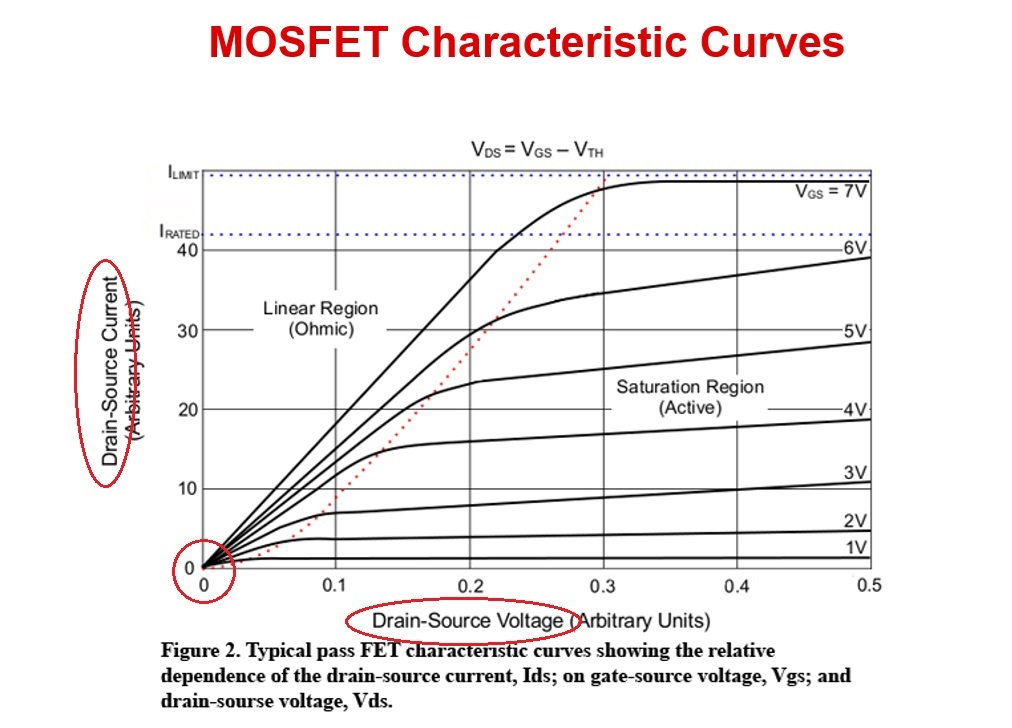Other Parts Discussed in Thread: OPA2376, LM7705
Tool/software:
Hi Team,
As title, below is our test result.
As you can see, our V+ that we measured was 0.3mV and Vout was 1mV. May you share your expertise why I get this result?
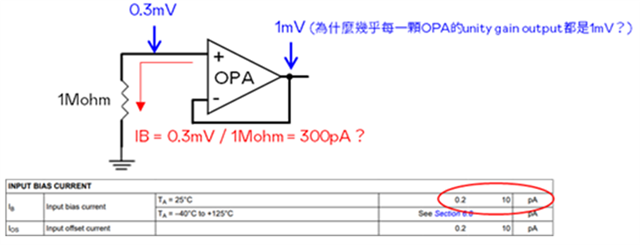
In addition, what is the minimum value of V+ that we recommend?
Regards,
Roy


